Growing Geriatric Population
The increasing geriatric population is a crucial factor driving the Frozen Shoulder Market. As individuals age, the likelihood of developing musculoskeletal disorders, including frozen shoulder, escalates. The World Health Organization projects that the number of people aged 60 years and older will double by 2050, reaching approximately 2 billion. This demographic trend is expected to create a substantial demand for healthcare services and interventions tailored to older adults. Consequently, healthcare providers are likely to expand their offerings to address the unique needs of this population, thereby fueling the growth of the Frozen Shoulder Market. The emphasis on age-related health issues will likely lead to increased awareness and treatment options for frozen shoulder among the elderly.
Rising Healthcare Expenditure
The upward trend in healthcare expenditure is another significant driver of the Frozen Shoulder Market. As countries invest more in healthcare infrastructure and services, access to treatment for conditions like frozen shoulder improves. Increased spending on healthcare is often associated with enhanced diagnostic capabilities, better treatment options, and improved patient care. According to recent data, healthcare spending is projected to grow at a compound annual growth rate of 5.4% over the next several years. This financial commitment to healthcare is likely to result in a greater focus on musculoskeletal disorders, including frozen shoulder, leading to increased demand for specialized treatments and rehabilitation services. The Frozen Shoulder Market stands to benefit from this trend as more resources are allocated to address these conditions.
Advancements in Treatment Modalities
Innovations in treatment modalities are significantly influencing the Frozen Shoulder Market. Recent advancements in minimally invasive surgical techniques, such as arthroscopic capsular release, have shown promising results in alleviating symptoms and restoring shoulder mobility. Additionally, the integration of physical therapy and corticosteroid injections has been recognized as effective in managing pain and improving function. The market is witnessing a surge in the development of new therapeutic agents and devices aimed at enhancing patient outcomes. As healthcare professionals adopt these advanced treatment options, the Frozen Shoulder Market is likely to experience growth driven by improved patient satisfaction and recovery rates. The ongoing research and development efforts in this field suggest a bright future for innovative solutions.
Increasing Incidence of Frozen Shoulder
The rising incidence of frozen shoulder conditions is a primary driver for the Frozen Shoulder Market. Studies indicate that approximately 2-5% of the population experiences this ailment, with higher prevalence among individuals aged 40-60. This demographic shift, coupled with an increase in sedentary lifestyles, appears to contribute to the growing number of cases. As more individuals seek medical attention for shoulder pain and stiffness, the demand for effective treatment options is likely to rise. Consequently, healthcare providers are increasingly focusing on innovative therapies and rehabilitation techniques to address this condition. The expanding patient base is expected to propel the Frozen Shoulder Market forward, as more patients require specialized care and interventions.
Enhanced Patient Education and Awareness
The enhancement of patient education and awareness is playing a pivotal role in the Frozen Shoulder Market. As patients become more informed about their health conditions, they are more likely to seek timely medical intervention for frozen shoulder. Educational campaigns and resources provided by healthcare organizations are helping to demystify the condition, leading to earlier diagnosis and treatment. This increased awareness is likely to result in a higher number of patients pursuing treatment options, thereby driving market growth. Furthermore, as patients understand the importance of rehabilitation and follow-up care, the demand for comprehensive treatment plans is expected to rise. The Frozen Shoulder Market is poised to expand as a result of these efforts to empower patients and improve health outcomes.


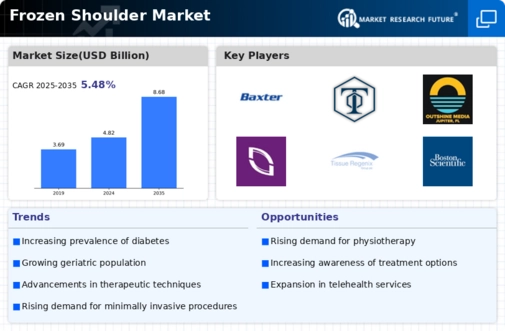
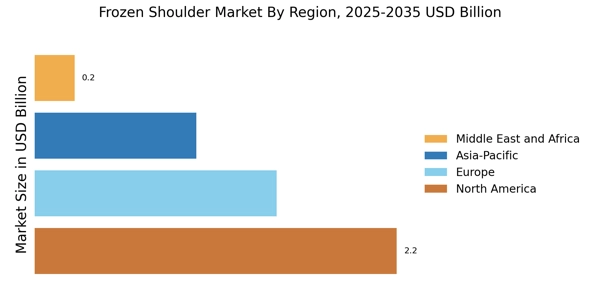
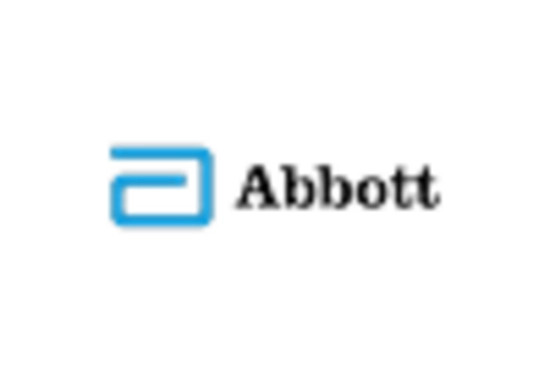
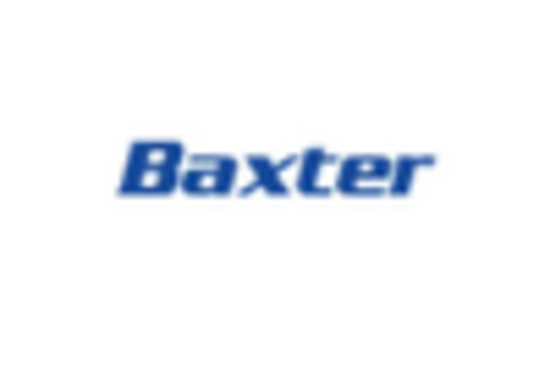
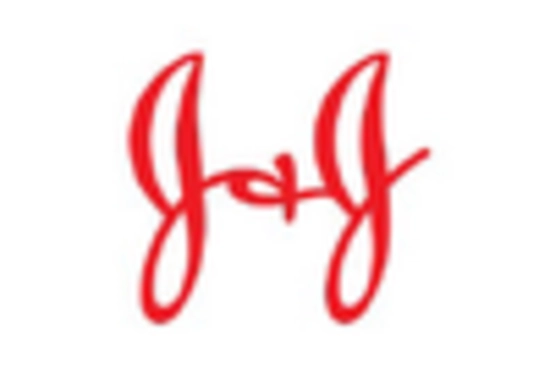
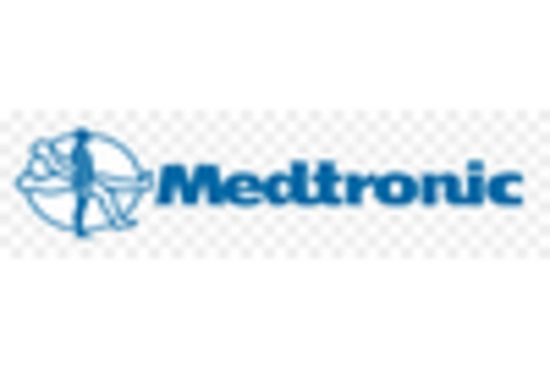

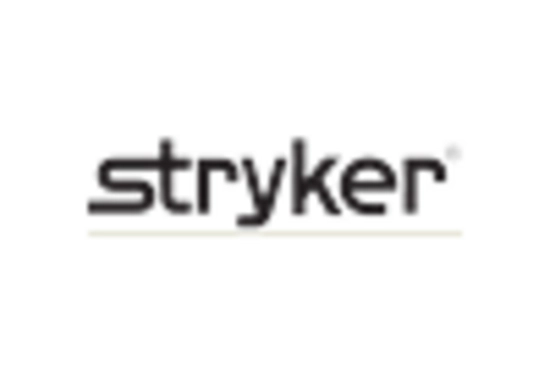








Leave a Comment